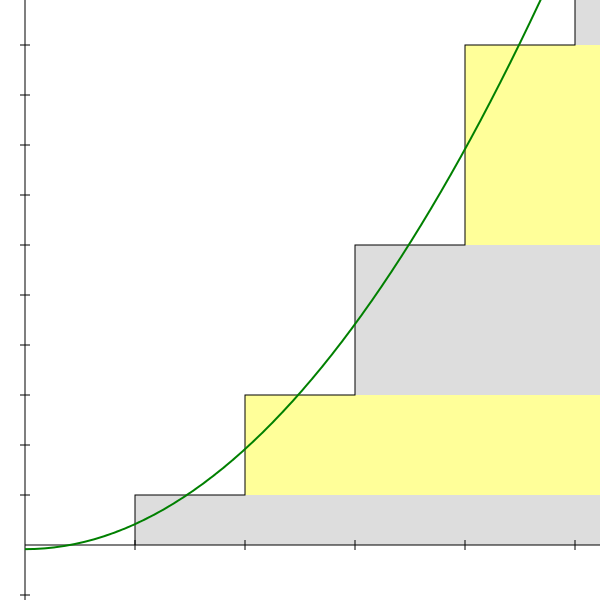Hlo friend. what is sum of this terms?1+2+3+4+5+6.........infinty According to Ramunanjan the sum is -1/12
2 Answers
Yes it is
Explanation:
This result sounds really crazy, we know that

So, as we increase value of n the sum diverges more and more but sum of first infinite natural numbers converges on the negative side of the axis at
[Diverges and converges here mean to convey that if you plot a
Here's the proof
Consider
If we add some brackets we notice that sum of this series would be
But if we just change position of brackets
So, we take the average
Alternate proof, this is better one.
therefore,
therefore,
Now consider
Just add
(we have shifted the numbers to little right, because the sum is like
Now, our main series
Subtract
Watch the following videos
The sum diverges, but Ramanujan summation associates the value
Explanation:
The sum
The Ramanujan sum of
Ramanujan found a method of associating finite values with divergent sums.
In his notebook he wrote a short derivation along the lines of:
#color(white)(c - )color(white)(1)c = 1 + 2 + 3 + 4 + 5 + color(white)(0)6 + ...#
#color(white)(c - )4c = 0 + 4 + 0 + 8 + 0 + 12 +...#
#c - 4c = 1 - 2 + 3 - 4 + 5 - color(white)(0)6 +... = 1/(1+1)^2 = 1/4#
#:. c = -1/12#
If you gave this as a serious attempt at a proof of the value of the sum to any self-respecting mathematician who had not encountered it they would probably laugh. It involves various disallowed operations which essentially boil down to subtracting infinity from infinity.
How did Ramanujan arrive at this particular sequence of manipulations? It is not stable, in the sense that shifting one of the divergent sums one place to the left or right messes up the arithmetic. However, Ramanujan did have some more sophisticated ways of justifying his choices.
There are other ways of arriving at an association between
#zeta(s) = sum_(n=1)^oo n^(-s)#
This sum only converges (in the conventional sense) when the real part of
If we put


